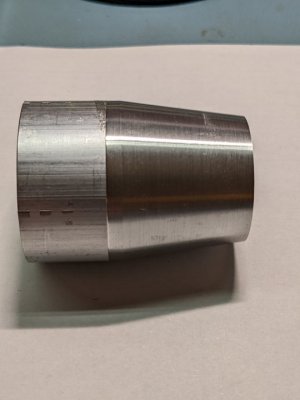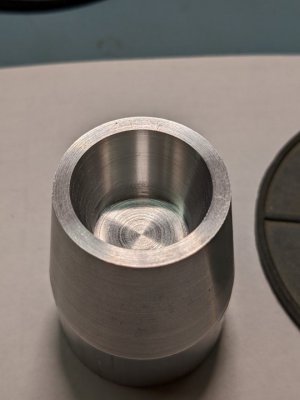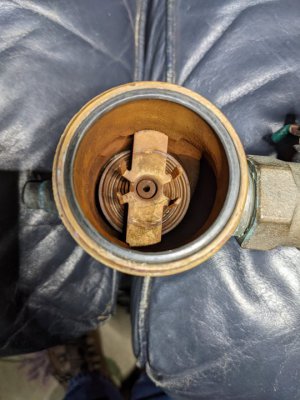- Joined
- Dec 18, 2019
- Messages
- 6,464
Oh, there's an element of thisI applaud you for building the part, I to have been known to stand at my lathe for a couple days making something I could have bought, do it just out of spite or curiosity I guess.
 Honestly, $75 (including postage) for a minimal rebuild kit, is what drove me to considering this. That kit has less than $25 worth of parts even with inflation.
Honestly, $75 (including postage) for a minimal rebuild kit, is what drove me to considering this. That kit has less than $25 worth of parts even with inflation. I have steam heat with a low pressure boiler. The steam pressure is less than 1 psi. Usually run it at 1/2 psi. Have a pressure cutoff at 1.5 psi. High pressures are not needed for residential heat at all. My water pressure is far higher than steam pressure. Nonetheless, I do see the need for the backflow valve. Sure wouldn't want that stuff contaminating my potable water system.




